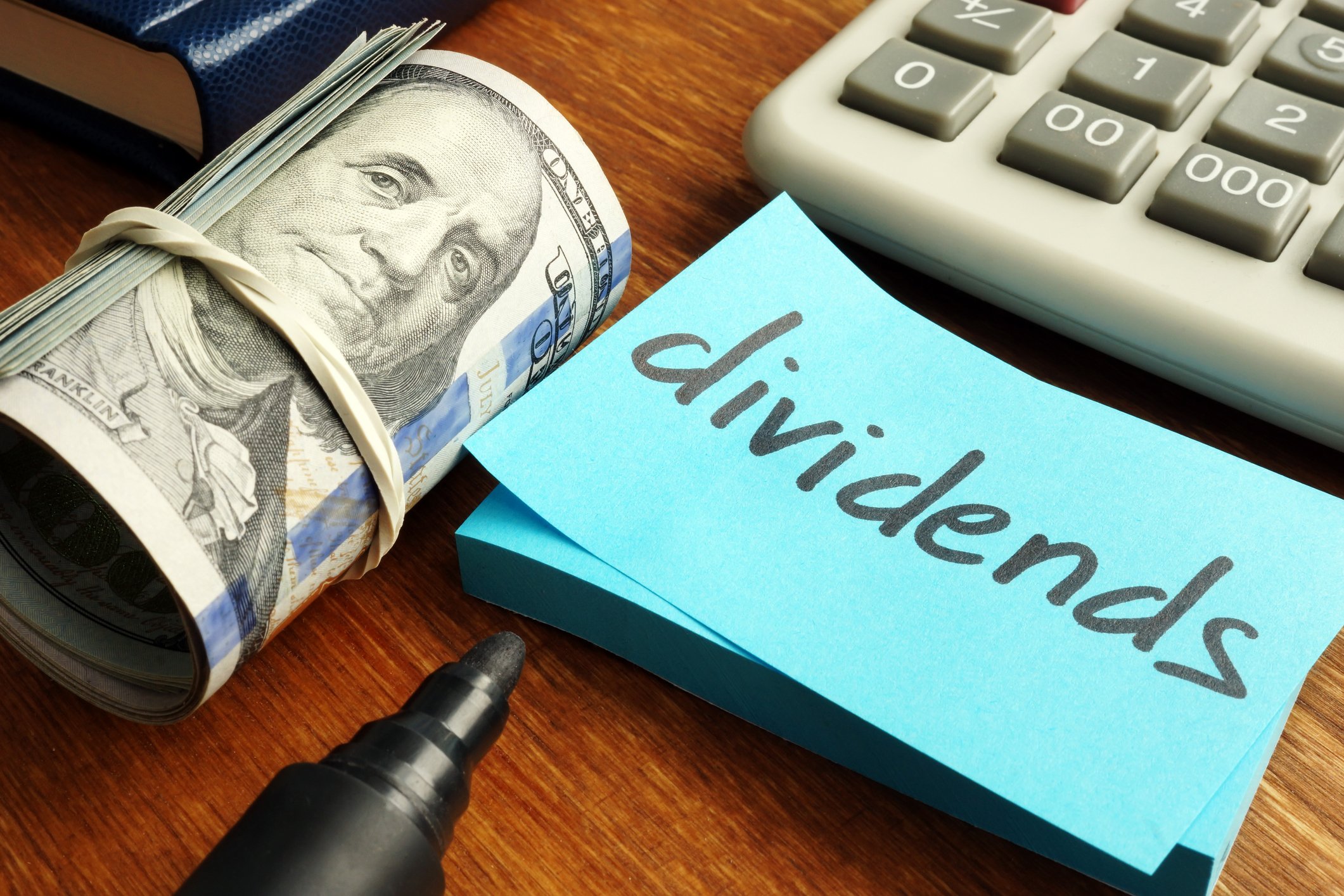Person-to-person payment app Zelle was created by several big U.S. banks in response to the surging popularity of Venmo, Square (SQ 1.74%) Cash, and other payment platforms.
In this clip from Industry Focus: Financials, host Shannon Jones and Fool.com contributor Matt Frankel give listeners a rundown of how Zelle was created and the success it's had so far.
A full transcript follows the video.
This video was recorded on Aug. 31, 2018.
Shannon Jones: Let's dive into the next big player in the peer-to-peer payments space, and that would be Zelle. Zelle is unique in a number of ways, but more specifically in its relation to the big banks. It's even been referred to as the banks' answer to Venmo. One of the interesting things about Zelle is, initially, big financial institutions had been pretty muted in terms of interest in the mobile peer-to-peer payments space. But with a huge market opportunity, plus, also you're seeing many of the banks starting to invest heavily in technology, many of them are now getting on board. One key player behind all of that is Zelle. Matt, what can you tell us about how Zelle works and how it's playing with the major banks?
Matt Frankel: Zelle is definitely the banks' answer to person-to-person payment apps like Venmo and Square Cash. It's the newest out of the three. In its current form, Zelle launched just last year in 2017. My guess is that the banks saw this turning into, as you mentioned, a $100 billion annual industry and wanted their piece of it. They're afraid of getting left behind. Zelle specifically is owned by a partnership between a bunch of big banks -- Bank of America, BB&T, Capital One, JPMorgan Chase, PNC Bank, U.S. Bank, and Wells Fargo are the seven that all own a piece of Zelle. So, if you notice Zelle all of a sudden integrated into your Wells Fargo account, for example, that's why.
Zelle has a few unique features to it in opposition to Venmo. First, you don't need a separate account to use it. Venmo, you essentially create a Venmo account where you loan money, like a PayPal account. With Zelle, you don't need a separate account. It uses your existing bank account to transfer to your friend or whoever you're buying something from, to transfer to their bank account. Zelle also has very fast processing times. In most cases, the transactions are processed virtually instantly.
Zelle is the banks' answer. It's the biggest of the three in terms of payment volume. It did about $75 billion in payment volume in 2017. It's doing really well so far. It's really having the intended effect of keeping a lot of person-to-person payments in these banks' ecosystem.
Jones: You mentioned that $75 billion in transactions last year. Just to note, that was actually more than twice the amount of money that customers transferred with Venmo, a huge rival. I really think it comes down to their competitive advantage, which is really their integration. When you look at the peer-to-peer payments space, oftentimes you think of millennials and mobile apps, because, as you mentioned, Matt, Zelle is built right into the existing legacy platform of these banks. It really is extremely seamless. I've used Zelle within my own banking platform. It didn't even feel like I was doing anything different as I would be from transferring money from one account to another account. It was really that easy and that seamless. I think that's a huge advantage, especially as you think about older demographics, who may be a little bit more sensitive to, first downloading an app on a phone, inputting credit card or debit card information, and then sending money to someone. I think that Zelle has really opened up the gates to a much wider demographic long-term. It's no shock there to see just how fast they're growing.
I think there's also the advantage of the relative amount of safety when you're doing it from within your own bank. When I went to transfer from myself to my sister recently, I was really impressed at just how seamless it was. I didn't have to worry about having my credit card information in another third-party app and sending that over. Granted, it's not foolproof. There have been some cases noted in the media where people who transferred through Zelle may put in the wrong phone number or whatever, it goes to the wrong person. But there's an inherent level of safety, of comfort, that I think appeals to a much broader audience with Zelle moving forward.
So, yeah, I could definitely see Zelle continuing to expand. Also, going back to eMarketer, the marketing research agency, they actually noted they think Zelle could become the most popular platform by 2022 as more and more institutions continue to integrate it into their systems.
Frankel: Yeah, definitely. Zelle definitely has the advantage of people not having to go to a third party to take advantage of the ability to send person to person payments. As you said, people who are not millennials, like the late adopters like me, Zelle was actually the first one I used out of all those just because it was already integrated into my bank account and I didn't have to learn anything new. I'm a borderline millennial. That's why I eventually went to the Venmo direction.
Anyway, Zelle has that advantage. They already have a built-in customer base. That is their advantage, and why they're already the biggest in terms of payment volume, and will probably remain the largest in space, at least for the foreseeable future.





